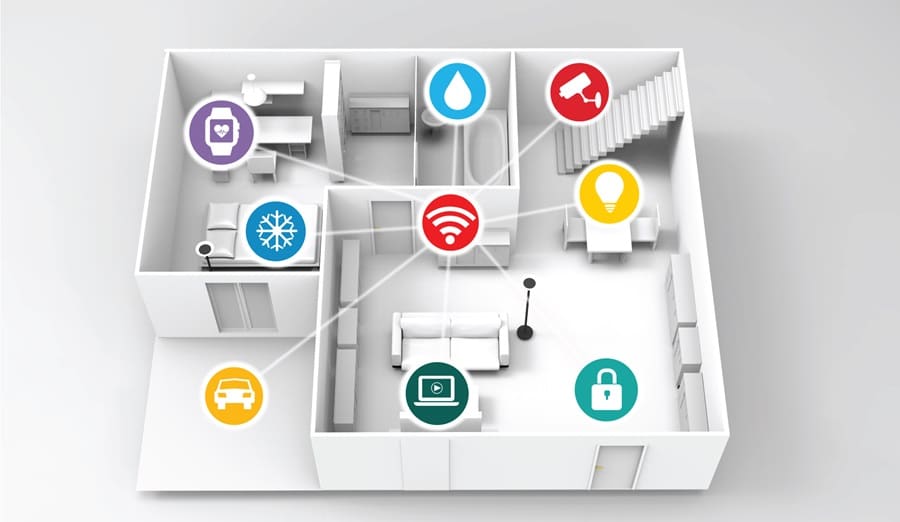Today, people are becoming increasingly aware of the impact their decisions have on the environment, including when building a home. Sustainable building materials allow homeowners to construct structures in an eco-friendly way while still achieving their desired aesthetic and performance goals. This article will discuss why you should choose sustainable building materials for your next construction project. Read on to learn how to build a safe and beautiful dwelling with guaranteed positive ecological implications!
Contents
- 1 Common Sustainable Building Materials
- 2 Why You Should Use Sustainable Building Materials
- 3 Lower Your Carbon Footprint
- 4 Durability And Longevity
- 5 Recycling Potential
- 6 Increase Home Value
- 7 Aesthetics and Performance Goals
- 8 Better For Your Health
- 9 Support for Local Economies and Businesses
- 10 Quicker Construction Process
- 11 Start Using Sustainable Building Materials Today!
Common Sustainable Building Materials
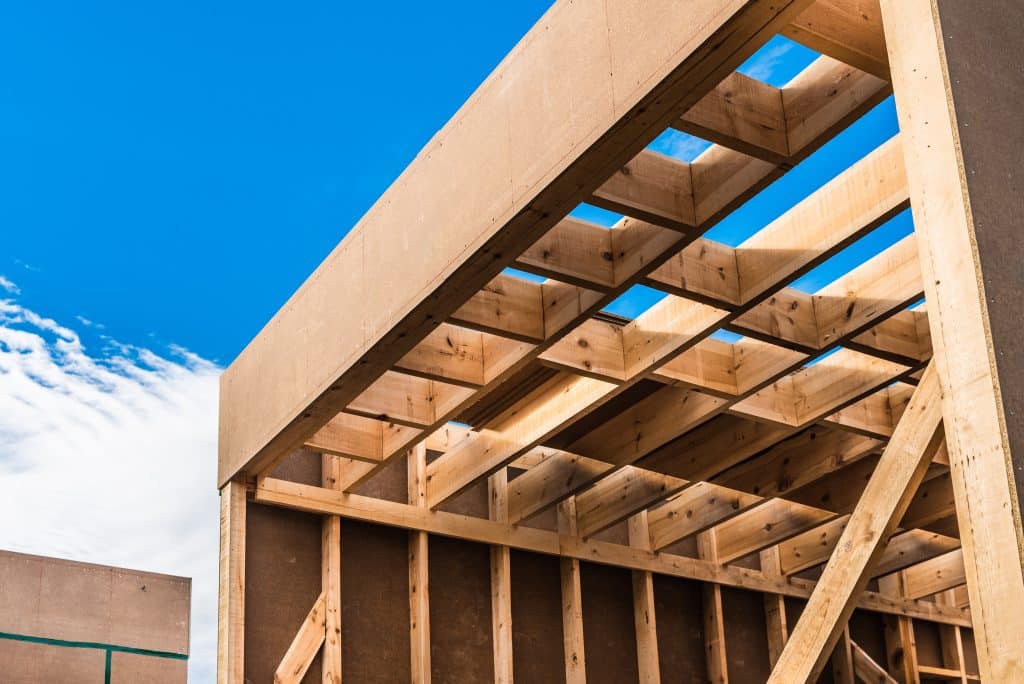
Sustainable living is becoming increasingly popular in today’s society, with sustainable building materials often at the forefront of this movement. Commonly used materials for sustainable building include sorghum-bonded boards made with agricultural waste like straw. Other natural materials used are bamboo, coconut husks, and cork – all of which are strong, durable, and naturally insulating.
Additionally, recycled plastic products can also be used to create components such as panels and roof tiles. Considering a range of factors, including renewable material sources, energy requirements, and longevity of use, these materials present an excellent opportunity for builders to reduce their environmental impact without compromising on quality or design potential.
Why You Should Use Sustainable Building Materials
Lower Your Carbon Footprint
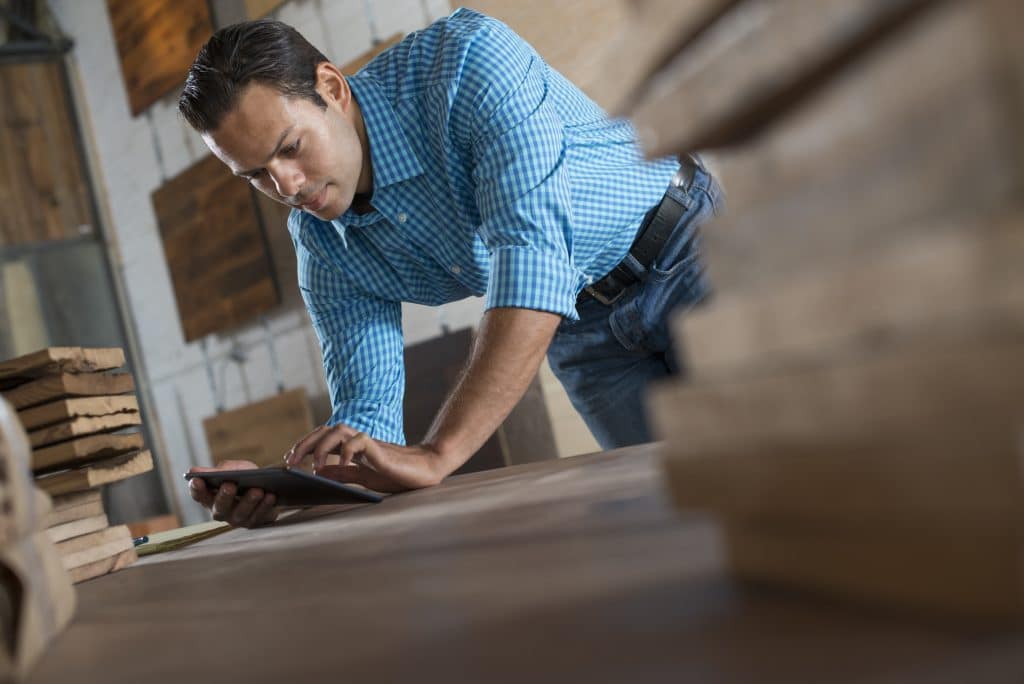
Lowering your carbon footprint and making responsible energy choices is an important way for an individual to make a positive environmental impact. One way you can do this is by using sustainable building materials when constructing homes and other structures. Sustainable building materials made from renewable resources, like bamboo, can be much more efficient at reducing energy consumption than traditional materials. Through the use of sustainable building materials, buildings can become more airtight and insulated, which reduces overall energy consumption during summer and winter months.
Also, certain sustainable building materials may require less resource-intensive manufacturing processes, leading to reduced greenhouse gas emissions associated with production. In addition, sustainable building materials tend to last longer than their traditional counterparts, requiring fewer repairs or replacement needs over time. Through their increased efficiency, improved environmental friendliness, and durability all rolled into one; it’s clear that utilizing sustainable building materials provides an easy way for you to limit your carbon footprint.
Durability And Longevity
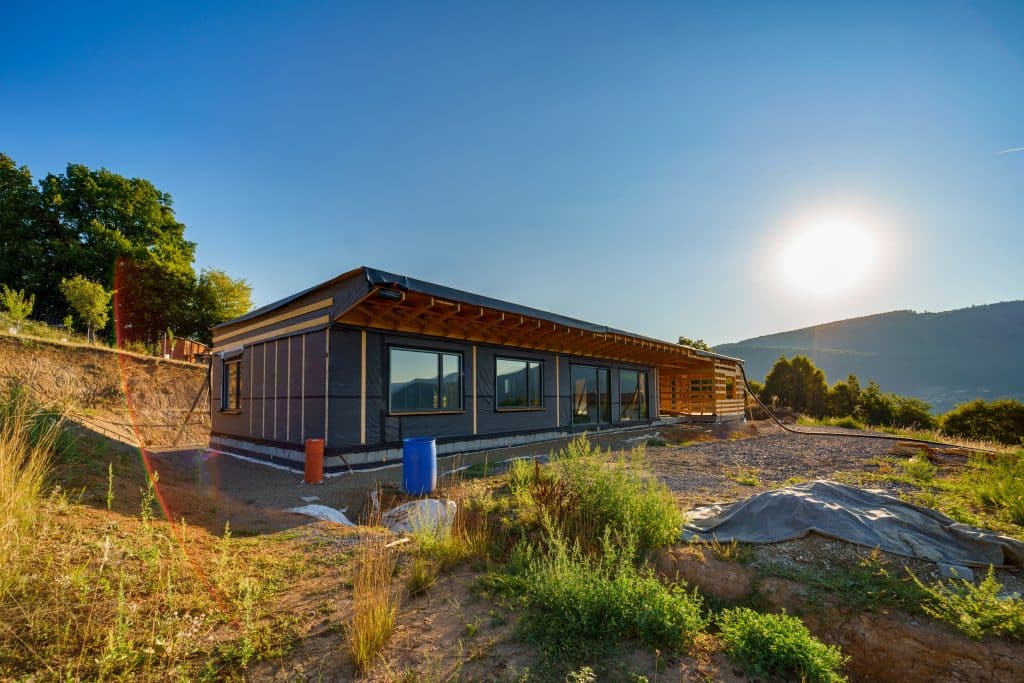
Sustainable building materials are a great way to ensure the longevity of construction projects. These materials have natural shock-absorbent qualities, making them much more durable than synthetic equivalents. So by using eco-friendly materials, not only are you protecting the environment, but also you can be sure that your building will last longer and require less maintenance.
Furthermore, many sustainable building materials such as straw bale walls and rammed earth have proven to be long-lasting, even surviving in some climates as old as 3,000 years! These practices also employ techniques such as protecting wood from decay with natural methods rather than treated lumber or chemicals, which can degrade over time. Overall, incorporating sustainable building materials into your project means more durability for years to come!
Recycling Potential
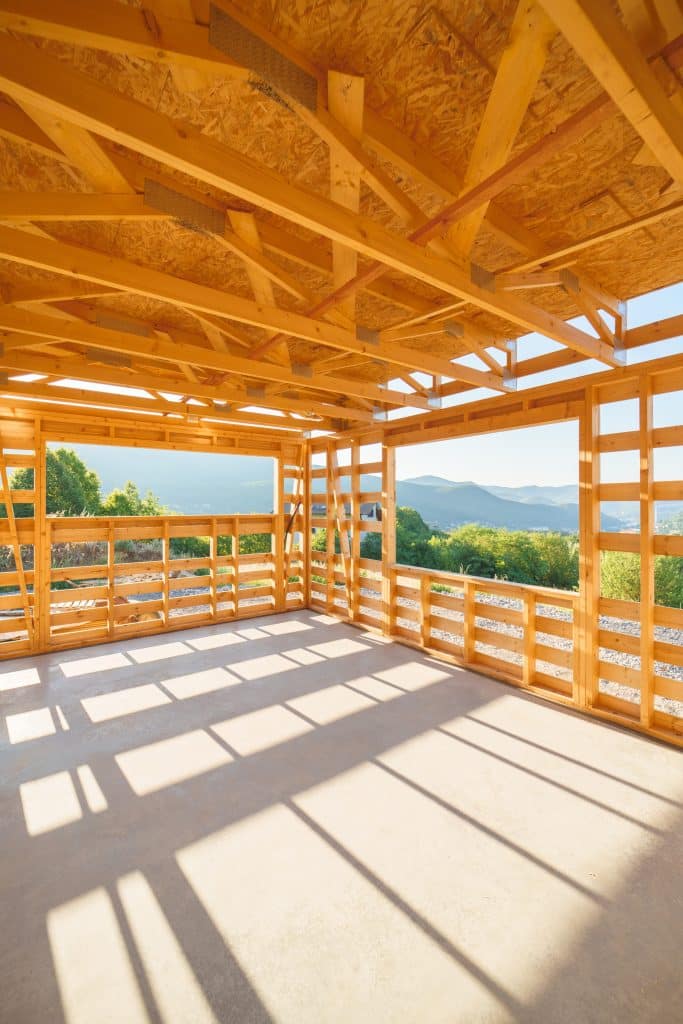
Not only does using these materials reduce your environmental footprint, but they also have more recycling potential than traditional building materials. Sustainable materials such as bamboo, cork, and recycled plastic can be used repeatedly with a minimal detrimental effect on the environment. Moreover, these materials can often be ground back into their raw components and reused in entirely new ways.
For example, polypropylene windows can be crushed up and made into furniture or playground equipment. Ultimately, sustainable building materials offer more recycling potential than traditional options while simultaneously benefiting the environment through reduced emissions from production and use.
Increase Home Value

Taking steps to increase the value of your home can go a long way to maximizing your investment return if you ever decide to sell. The good news is sustainable building materials can help. By utilizing options such as energy-efficient windows, high-efficiency insulation, and Rainwater harvesting capabilities, you are reducing the amount of energy needed to maintain your home while creating a living space that is both comfortable and valuable.
Reducing the home’s energy needs can lower monthly bills while increasing long-term value. You can also use sustainable building products that help reduce the ecological impact of construction and provide healthier air quality for your family. These benefits range from increased comfort levels to improved air quality and LEED certification, giving potential buyers more incentive to come check out the house you’ve worked so hard to create.
Aesthetics and Performance Goals
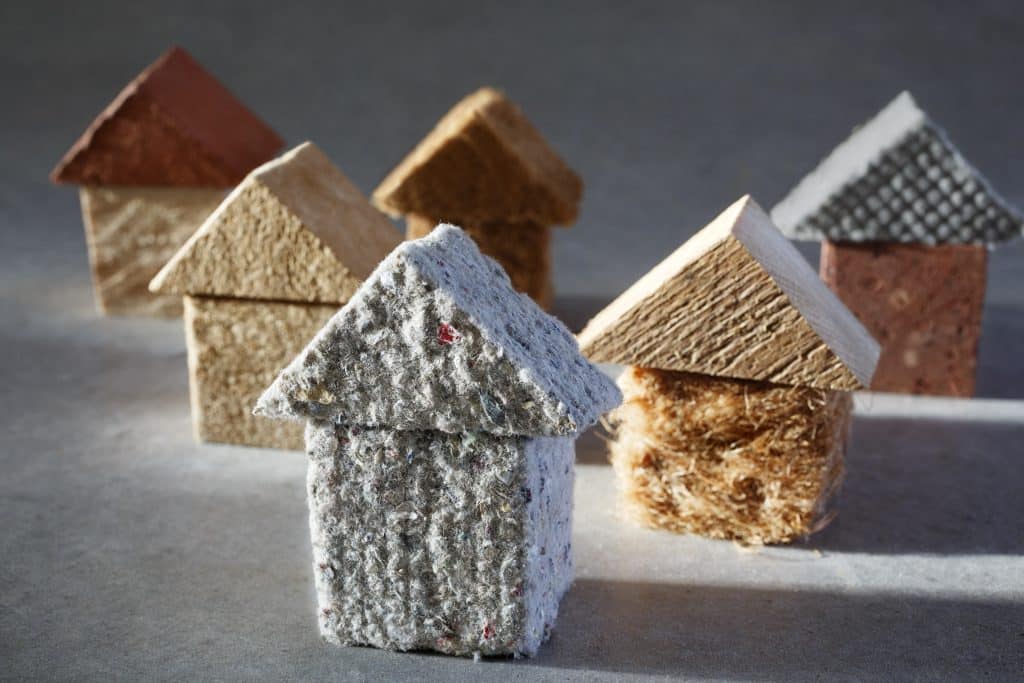
Sustainable building materials are also essential for achieving both aesthetic and performance goals in modern construction. Using natural, renewable, recyclable, and biodegradable materials such as bamboo, straw-bale, cork, rammed earth, and timber-framed walls constructed with recycled steel beams and oiled timbers, architects are able to achieve styles ranging from modern to rustic to classic.
Additionally, these materials are effective in regulating temperature when used with compatible insulation products; they have excellent soundproofing qualities and can significantly improve indoor air quality. Furthermore, the long life spans of many of these materials make them an economical option for cost-conscious building applications. These are just a few ways sustainable building materials can help you achieve your desired aesthetics while providing essential performance elements for healthy living spaces.
Better For Your Health
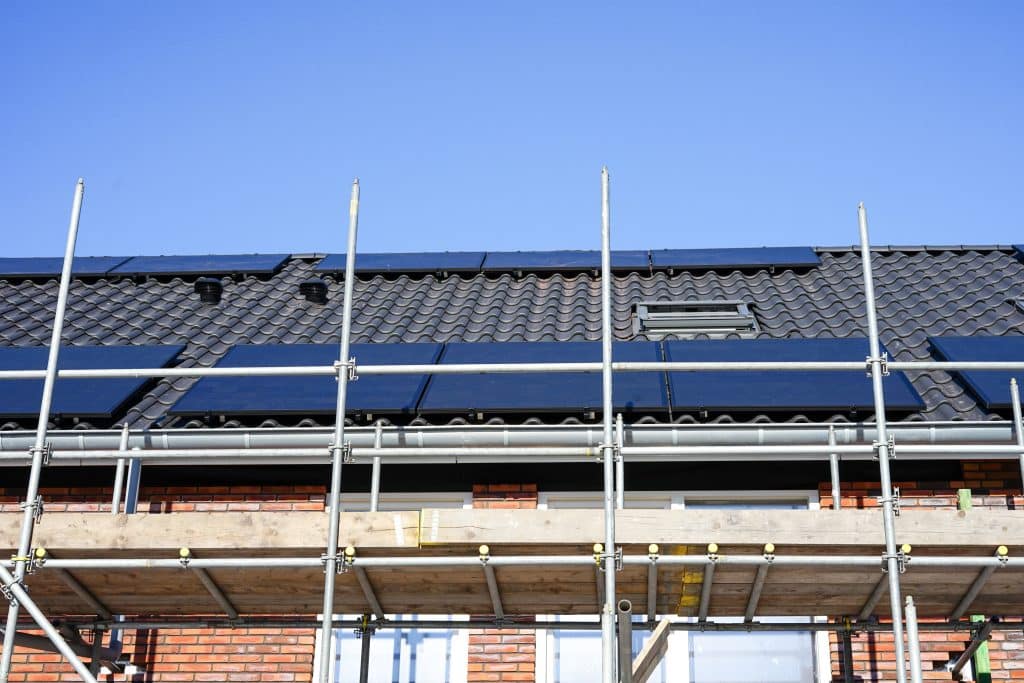
The use of these materials are not just better for the environment; they are also better for human health. Using non-toxic, eco-friendly materials to build can reduce potential health hazards from damaging compounds in synthetic materials. Sustainable building materials, such as wood and stone, do not contain VOCs (Volatile Organic Compounds) that can not only hurt the environment but also the air quality in a home or office, leading to headaches and other respiratory issues.
Sustainable building products often contain natural antimicrobial agents that prevent mildew and mold growth, which are sources of unhealthy indoor air quality, which translates into improved human health. Finally, many sustainable materials provide superior insulation compared to synthetic options, providing a more stable temperature in any location. This creates a healthier overall interior climate with fewer swings in humidity which could lead to respiratory stress on humans and animals alike.
Support for Local Economies and Businesses
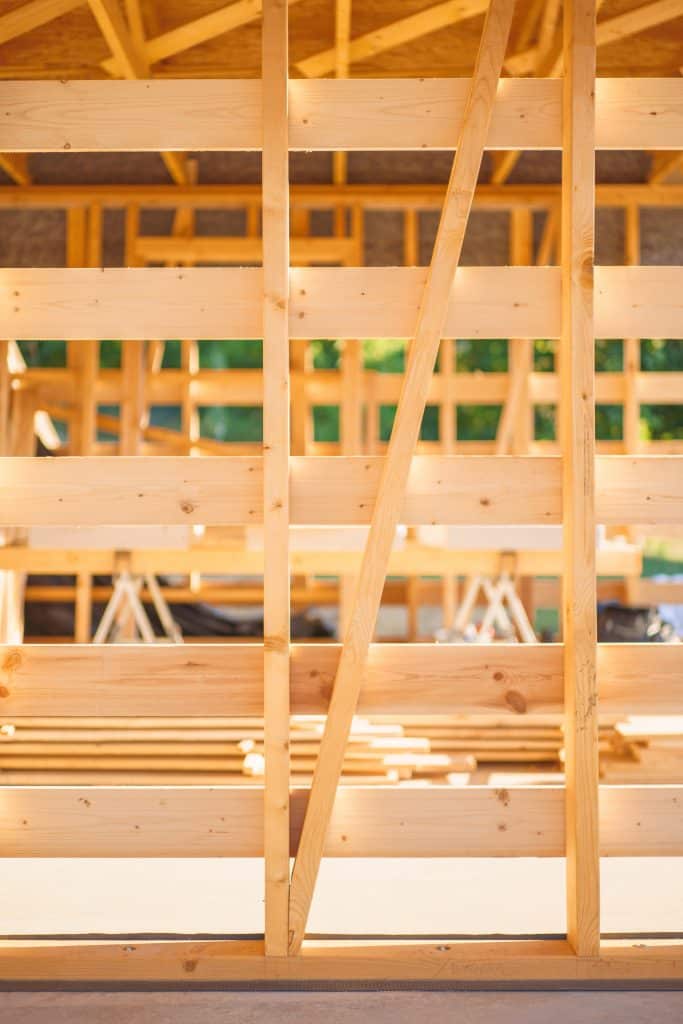
Sustainable building materials are also a great way to support local economies and businesses while remaining environmentally conscious. By using materials that don’t harm the environment, you can also help out smaller companies that specialize in such products such as reclaimed wood or eco-friendly insulation.
On top of just giving your business to these companies, these locally produced materials often create more jobs for the community, aiding small businesses further. In addition, relying on community vendors for building supplies puts money directly back into your town’s economy and increases revenue rather than spending it on imported goods that come with a hefty emission cost due to their transport.
Quicker Construction Process
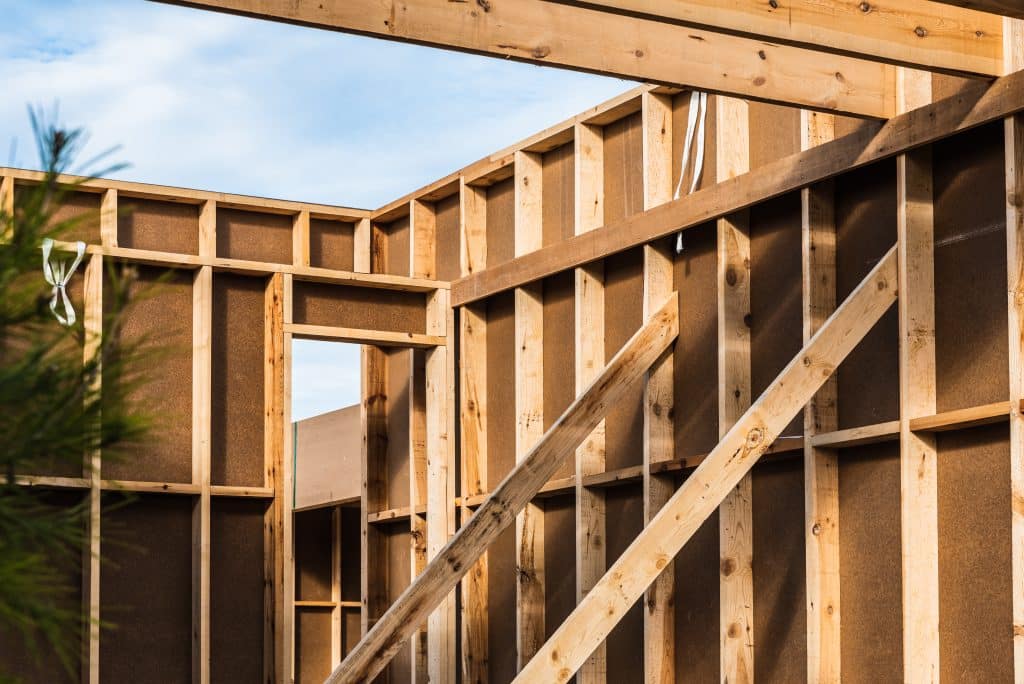
If you have ever had a home built, you know how immensely valuable a quicker construction process can be. By incorporating sustainable materials such as recycled plastic or green roofing with traditional building techniques, resources and labor can be done more effectively. This is because sustainable building materials often require fewer steps during the construction phase, thus leading to reduced time on task and fewer tools needed on site.
In addition, many sustainable building materials are lightweight, making transportation and installation easier than their heavier counterparts. Furthermore, because of their durability, there is less risk of breakdowns or inaccurate calculations, resulting in a shorter construction timeline that isn’t hampered by emergency repairs or extra material orders. So if you are looking to wrap your project up a little faster, going with sustainable building materials can be a great option.
Start Using Sustainable Building Materials Today!
If you’re looking for a more environmentally friendly and efficient building process, look no further than sustainable building materials. These materials provide many benefits, including reduced energy usage, support for local economies and businesses, quicker construction times, and cost savings over time. So why wait? Start using sustainable building materials today to help protect your environment and save money in the long run!


